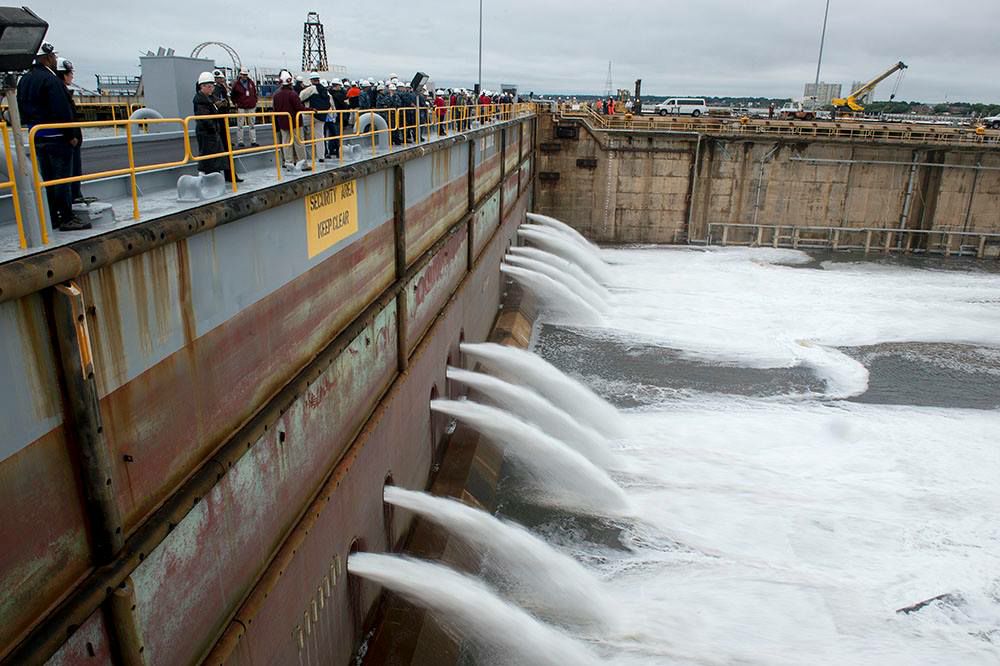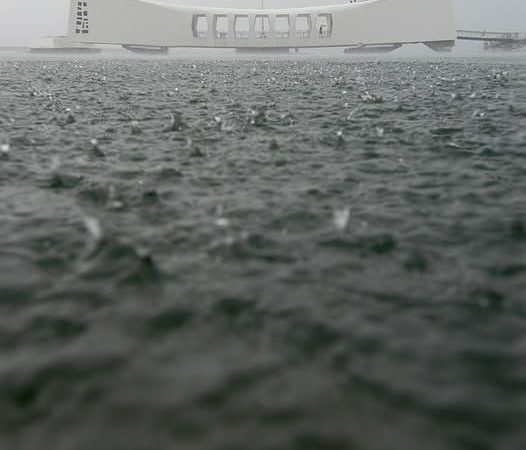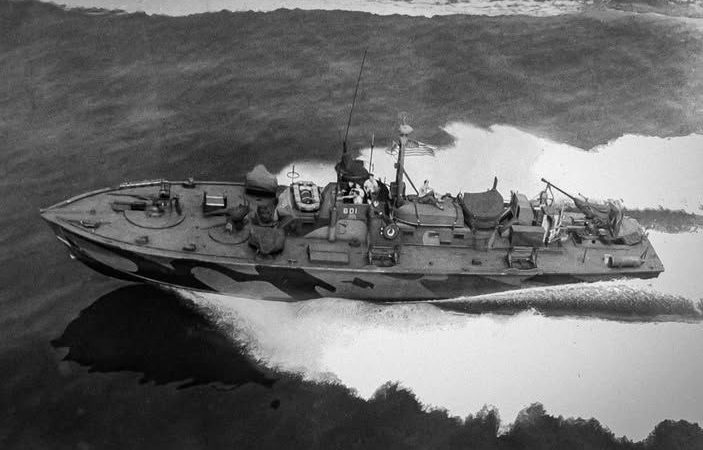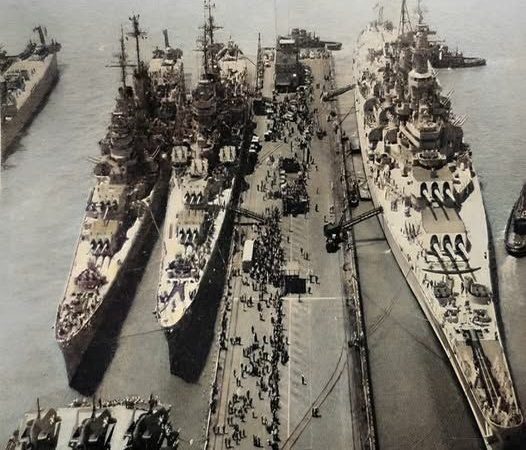Preparing the Dry Dock: Maintenance Before the Flooding of the Gerald R. Ford (CVN-78)
The Ford on Blocks: A Moment in Shipbuilding History
On February 10, 2013, the iconic aircraft carrier Gerald R. Ford (CVN-78) found itself in the midst of a crucial phase of its construction at Newport News Shipbuilding. As the ship prepared for the next steps in its journey, a dedicated worker took on the important task of cleaning the dry dock floor. This meticulous effort was essential to ensure a safe and efficient environment for the operations that lay ahead.
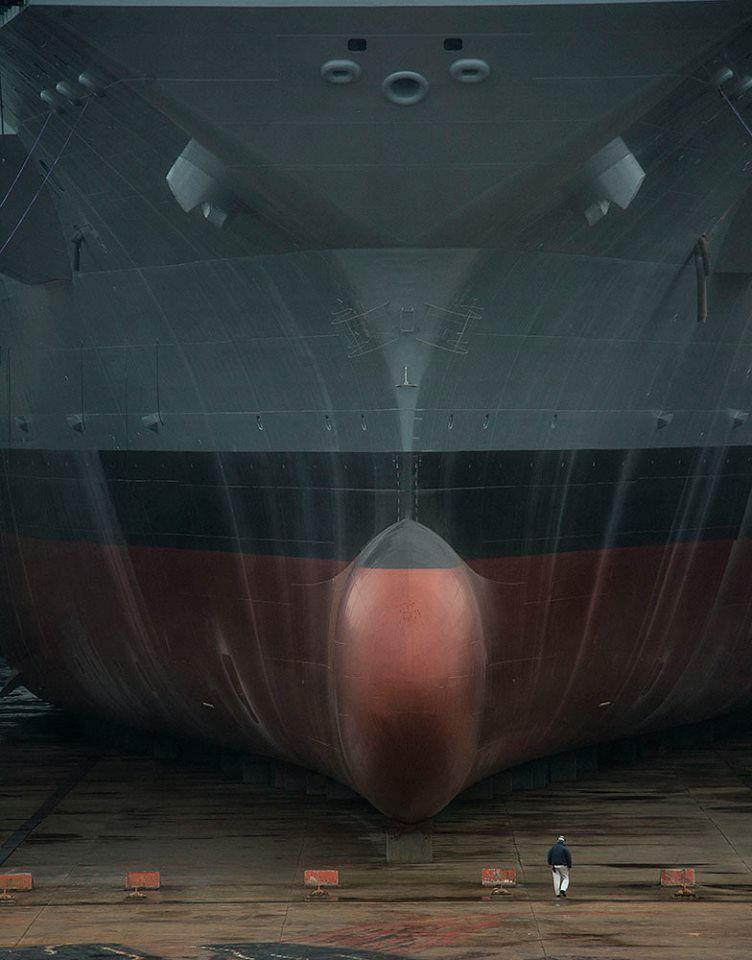
The Gerald R. Ford is not just any aircraft carrier; it represents a leap forward in naval technology and capability. As the first of its class, this vessel incorporates advanced features designed to enhance its operational efficiency and effectiveness. The dry dock serves as a temporary home for the carrier, allowing workers to perform essential tasks that cannot be accomplished once the ship is in the water.

Cleaning the dry dock floor may seem like a mundane task, but it plays a vital role in maintaining safety and order in a busy shipbuilding environment. A clean workspace reduces the risk of accidents and ensures that tools and materials are readily accessible for the workers who will be assembling, testing, and fine-tuning the many systems aboard the Ford.
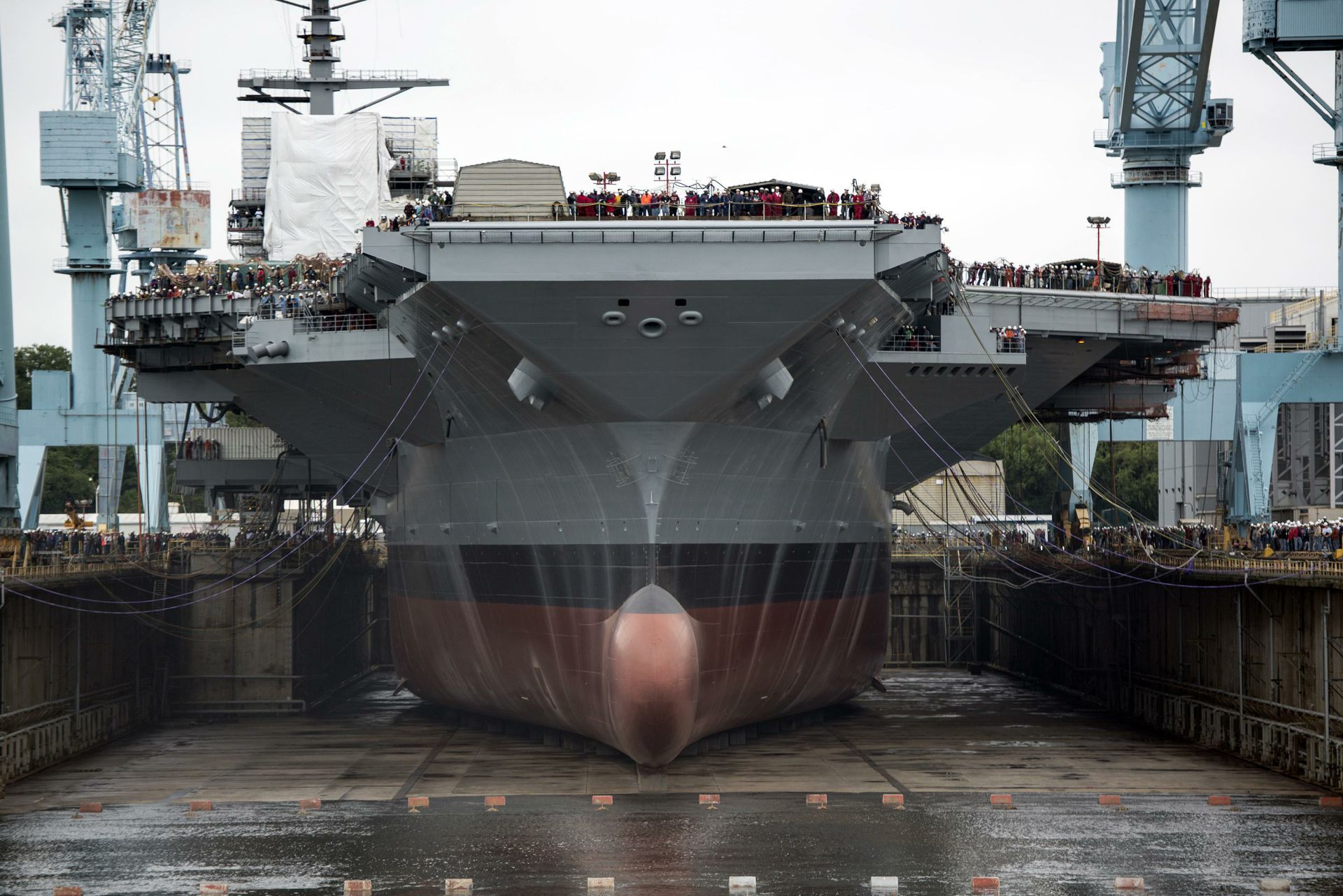
As the worker diligently scrubbed the dry dock, preparations for the flooding of the dock began to take shape. This process would ultimately allow the Gerald R. Ford to float and undergo additional assessments and outfitting necessary for its commissioning. The flooding marked a significant milestone in the ship’s construction timeline, transitioning from the building phase to the testing phase.
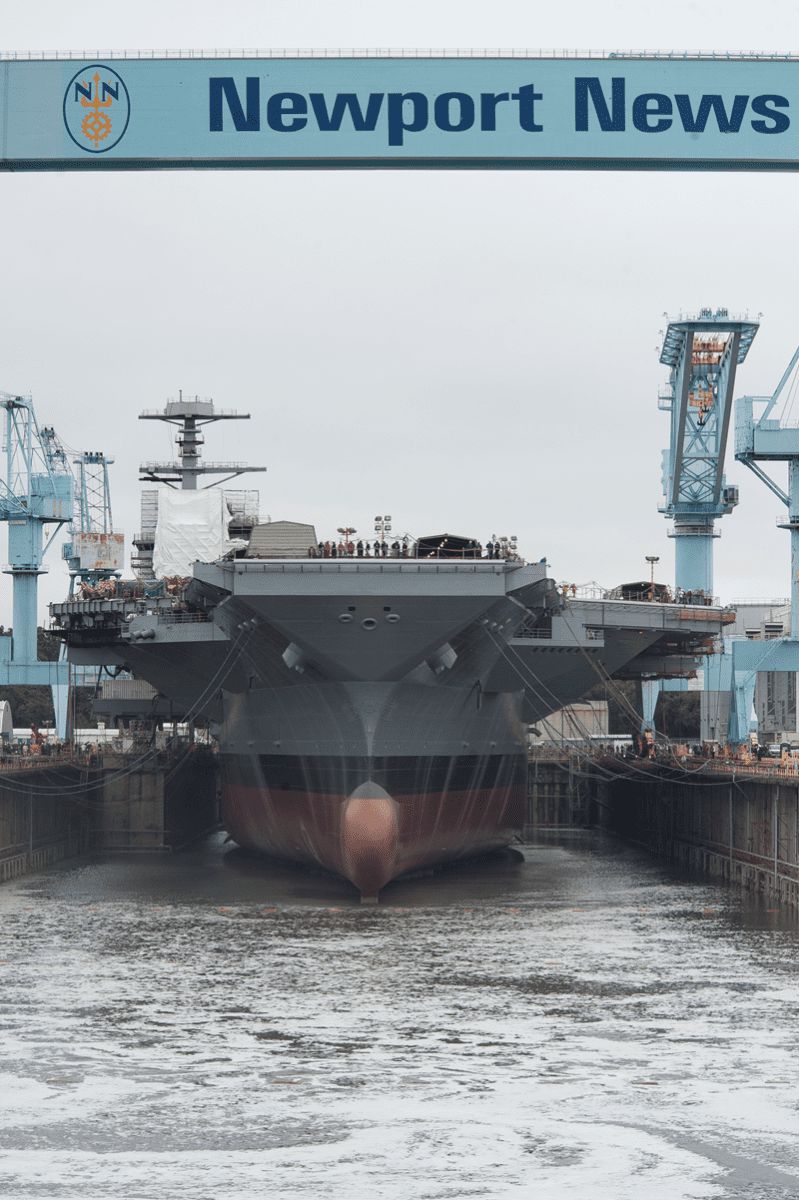
The scene encapsulates the dedication and teamwork of those involved in bringing this state-of-the-art vessel to life. Each action, from cleaning to engineering, contributes to the larger goal of delivering a powerful asset to the United States Navy. The commitment of workers at Newport News Shipbuilding exemplifies the craftsmanship and pride that goes into constructing a modern aircraft carrier.
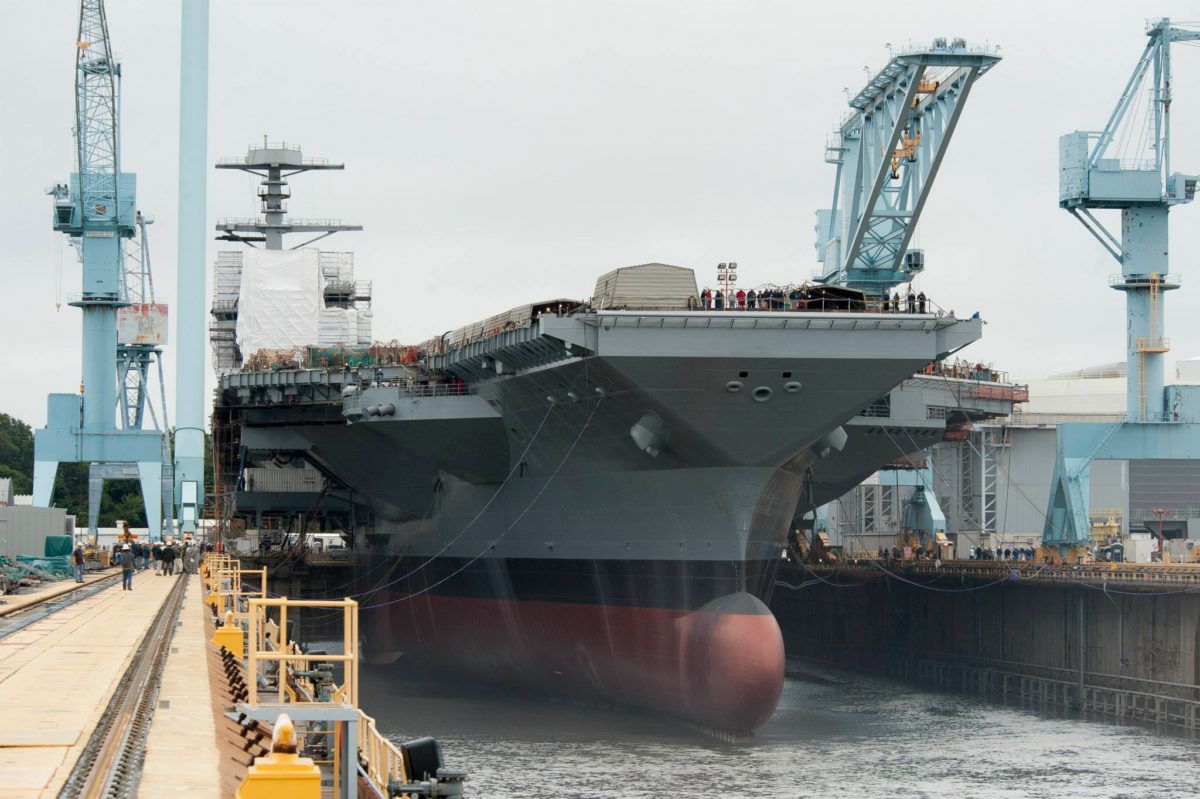
In summary, the task of cleaning the dry dock floor in front of the Gerald R. Ford was more than just a routine chore; it symbolized the critical preparation for the next chapter in the ship’s journey. As the dry dock was flooded, it paved the way for the aircraft carrier to rise and eventually take its place among the fleet, ready to serve and protect.
